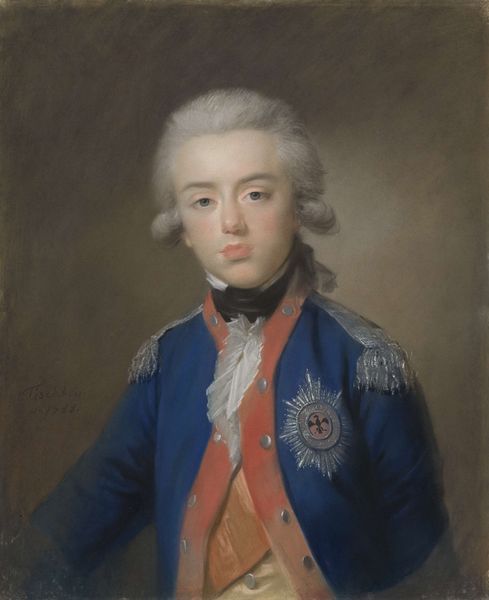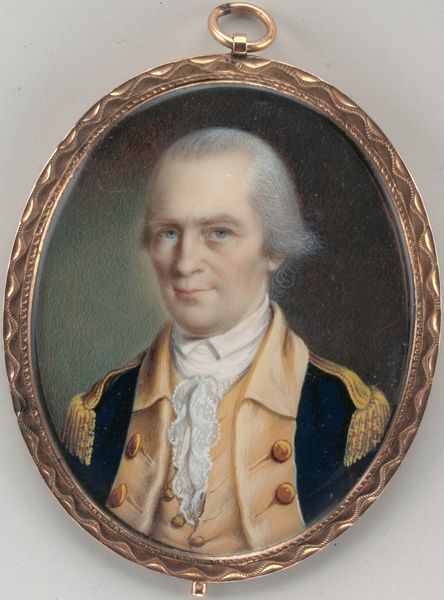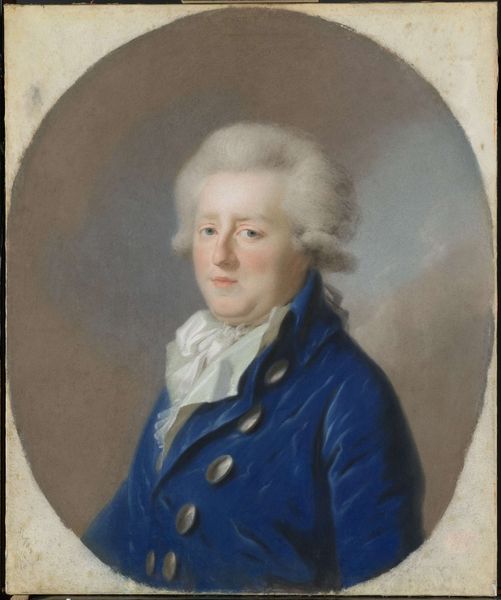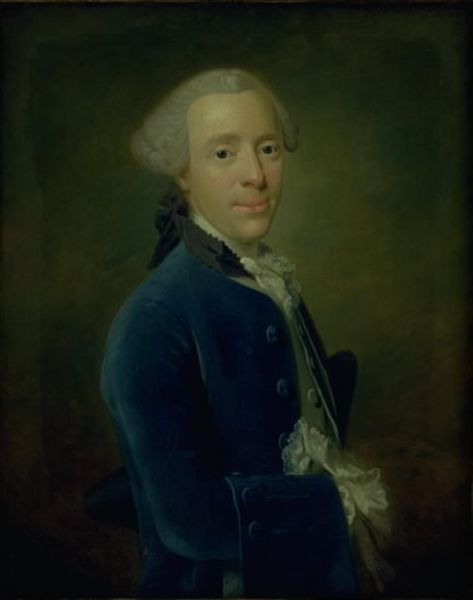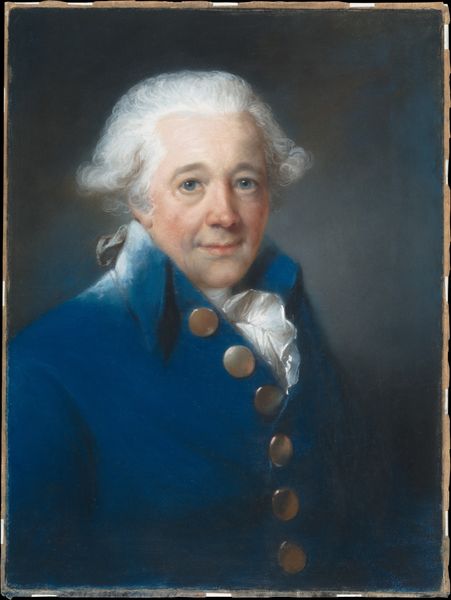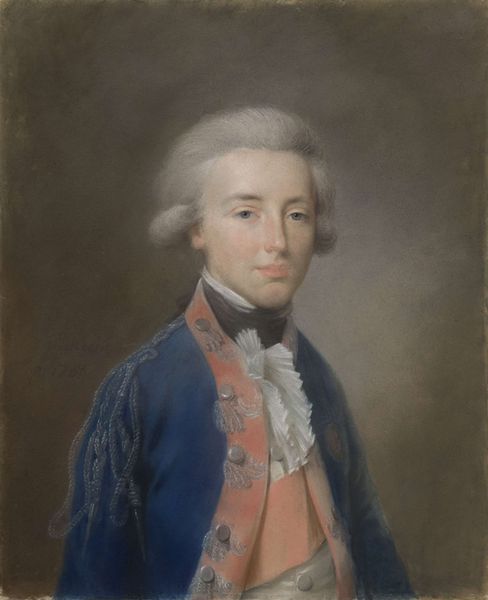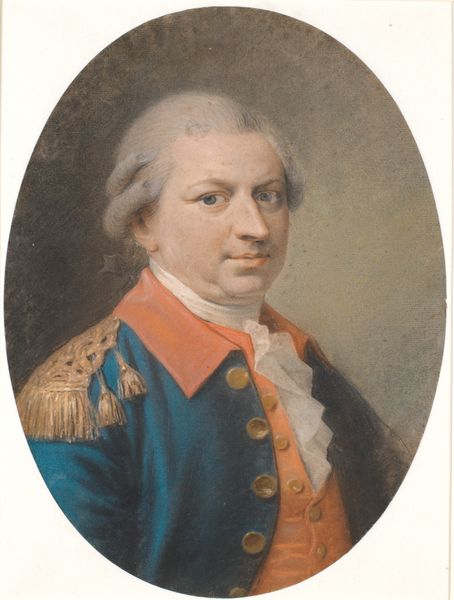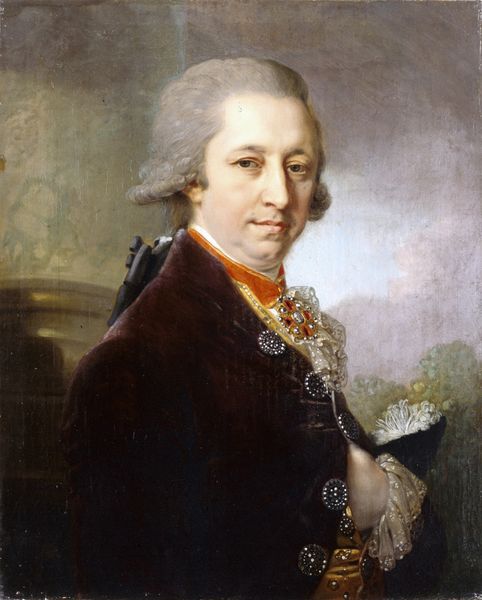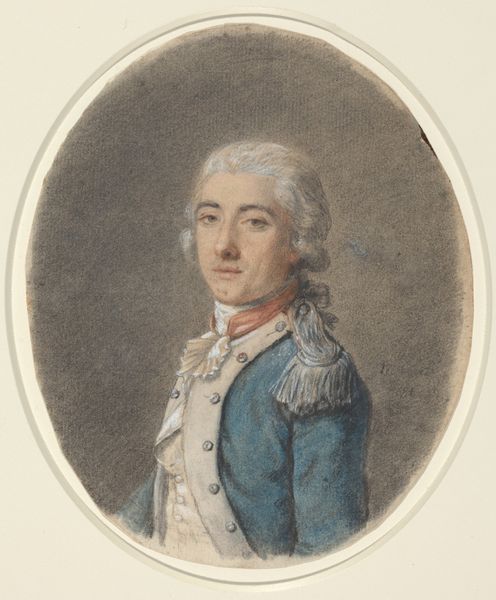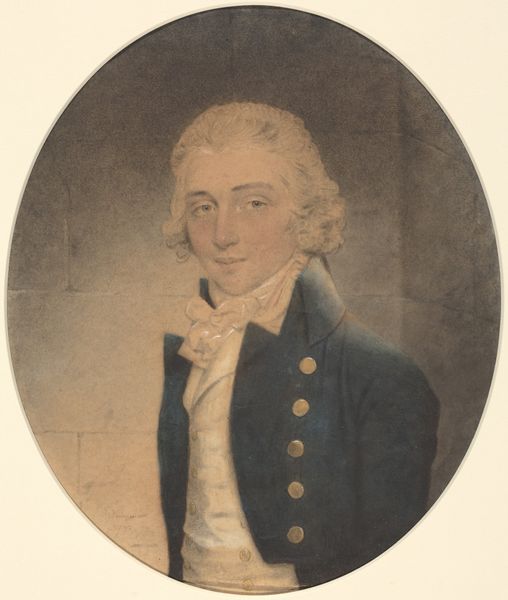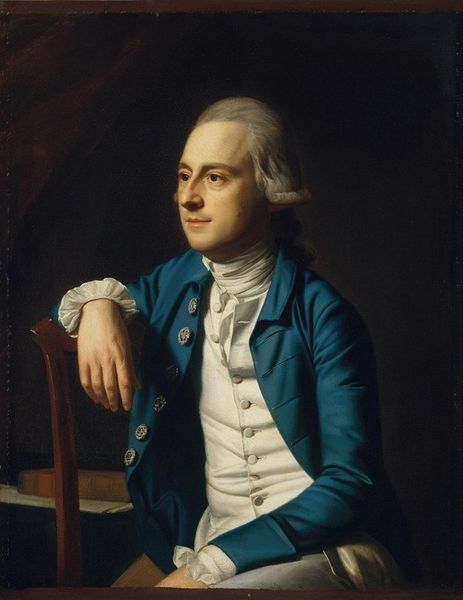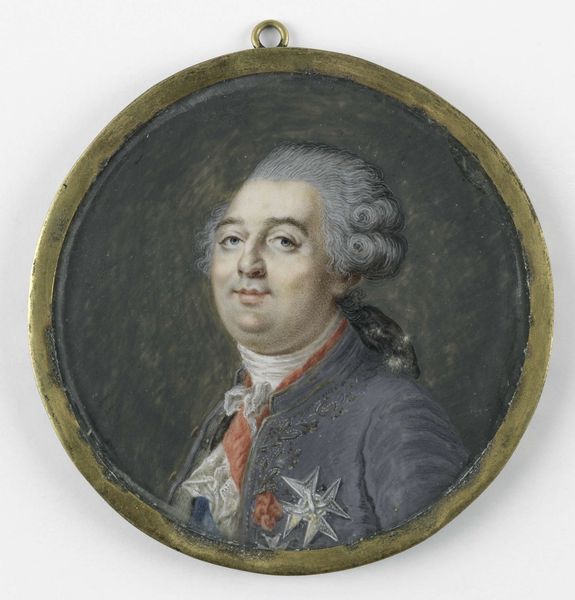
Willem George Frederik (1774-99), prins van Oranje-Nassau. Jongste zoon van prins Willem V 1795 - 1810
0:00
0:00
oil-paint
#
portrait
#
neoclacissism
#
oil-paint
#
history-painting
#
academic-art
#
miniature
Dimensions: diameter 7.3 cm, height 8.2 cm, width 7.6 cm, depth 0.9 cm
Copyright: Rijks Museum: Open Domain
Editor: Here we have an oil painting, dating roughly between 1795 and 1810, portraying Willem George Frederik, a Prince of Orange-Nassau. The portrait captures him in profile. What strikes me most is how…official it feels. It makes me wonder about the social role of portraiture at the time. What do you see when you look at this piece? Curator: I see more than just a likeness. I see a deliberate construction of power and legitimacy. This isn't simply about capturing the prince's features; it's about reinforcing his status within a very specific, and volatile, sociopolitical landscape. Consider the context: the late 18th century was a period of revolution and upheaval, especially for the Dutch Republic. How does this portrait function as a counter-narrative? Editor: That’s interesting. So, the rigid formality and classical style, are these intended to project an image of stability during instability? Curator: Exactly! It's a visual assertion of tradition and inherited right in a time of radical change. Think about the concept of "divine right" and how images like these supported those ideologies. The very act of commissioning a portrait was a political statement. What about the prince himself—does he convey this image convincingly? Editor: Perhaps. His gaze seems somewhat distant and detached, not entirely convincing of absolute power. Almost melancholy. Curator: And that’s crucial. These subtle details are not accidental; perhaps they allude to the anxieties of leadership during a period when monarchies were under siege. So how does art participate in not only representing the narrative, but perhaps reshaping it for the contemporary viewers? Editor: So the portrait is speaking to both the Prince's position, but also to the fraught historical context in which that position was becoming destabilized. I'll definitely remember that the next time I look at art of this period. Curator: Exactly. Recognizing how these cultural tensions shape visual representation is something that adds so much richness to art analysis.
Comments
No comments
Be the first to comment and join the conversation on the ultimate creative platform.
